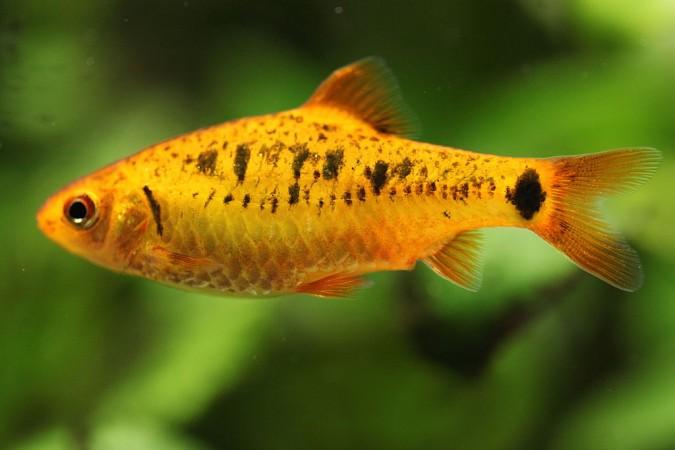
Scientists have described what they say is the first documented evidence of cooperative behavior among a fish species to accumulate food.
A tiny striped fish called Neolamprologus obscurus, which is only found in Lake Tanganyika in Zambia, was found to work together to excavate cavities by digging sand from under stones to make shelter for members of its group.
Researchers also found that the cavities gathered shrimps – the main source of food for the fish – which hide inside such cavities during day time.
The research is detailed in the Springer's journal, Behavioral Ecology and Sociobiology.
Breeding groups among the fish were found to accept up to 10 helpers to dig up cavities and keep them clear of debris and sand, with the breeders rarely venturing beyond the cavities. The helpers also help in keeping predators at bay.
"The function of these excavated cavities is much like that of the webs of social spiders, which live in groups and share the trapped prey among group members," said Hirokazu Tanaka of the Osaka City University in Japan.
Scientists found that the abundance of shrimp and other invertebrates present in excavated cavities increased directly in proportion to its size.
The study also revealed that when the helpers assisting the breeding fish were removed, sand and debris fell into the cavities to considerably shrink their size within one week.
"Helpers in Neolamprologus obscurus extend and maintain the excavated cavities, and by doing so, contribute to an increase in food abundance inside the territory of breeding females," Tanaka said.
"Fish living in groups may be able to increase and maintain considerably larger excavated cavities per capita compared to solitary living fish.
"Consequently, group living enables Neolamprologus obscurus to efficiently increase the prey abundance in their territory. This increases the body condition and future reproductive success of breeders and/or helpers."















